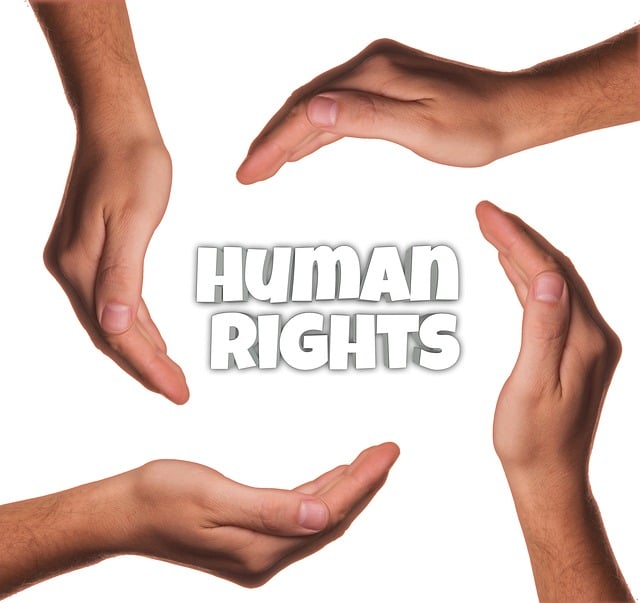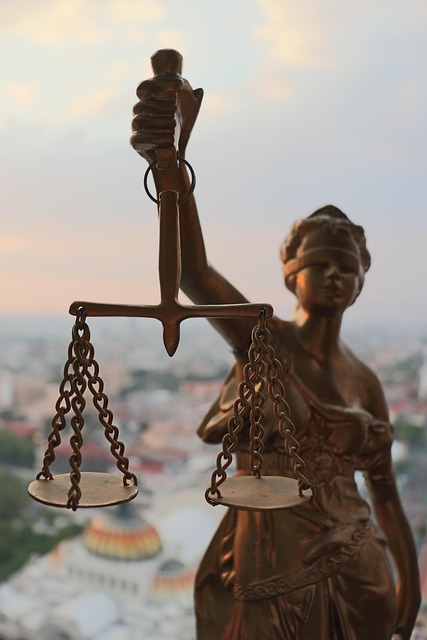Motorcycle accidents frequently result in broken bones due to high-impact collisions with the ground or obstacles. Severity varies from simple cracks to complex fractures needing immediate medical attention. Understanding these injuries emphasizes the crucial need for protective gear and knowledge of legal compensation options, especially when negligence is involved. Prompt medical care, including imaging, splinting, or surgery, is vital for proper diagnosis and treatment. Rehabilitation focuses on physical therapy, regaining strength and flexibility, and pain management, often incorporating motorcycle-specific movements. Psychological support is also essential due to the trauma experienced. Proactive safety measures like wearing impact-absorbing gear, maintaining motorcycles, adhering to rules, and regular bone density screenings can significantly reduce the risk of broken bones in accidents.
Motorcycle accidents can result in severe injuries, with broken bones being one of the most common. Understanding these injuries and knowing the recovery process is vital for any rider. This guide delves into the specific challenges of motorcycle accident-related broken bones, offering insights on healing and rehabilitation. Additionally, it provides preventive measures to help riders minimize their risk, ensuring a safer experience on the road.
- Understanding Motorcycle Accident Injuries: A Focus on Broken Bones
- The Road to Recovery: Steps for Healing and Rehabilitation After a Motorcycle Crash
- Preventive Measures: Strategies for Riders to Minimize the Risk of Bone Fractures
Understanding Motorcycle Accident Injuries: A Focus on Broken Bones

Motorcycle accidents can result in a range of injuries, but broken bones are among the most common and serious. These fractures often occur due to the unique dynamics of motorcycle crashes, where riders are at higher risk of impacting their bodies against the ground or other obstacles. The severity of broken bones in motorcycle accidents can vary widely, from simple cracks to complex, compound fractures that require immediate medical attention.
Understanding the nature of these injuries is crucial for motorcyclists to appreciate the importance of wearing appropriate protective gear and knowing what legal options they may have in case of an accident. In many instances, seeking legal representation can help ensure fair compensation for medical expenses, pain, and suffering, especially when negligence or a breach of safety protocols contributes to the accident.
The Road to Recovery: Steps for Healing and Rehabilitation After a Motorcycle Crash

After a motorcycle accident involving broken bones, the road to recovery is a critical phase that demands careful navigation. The initial steps involve seeking immediate medical attention for proper diagnosis and treatment. This often includes imaging scans, splinting, or surgical intervention to set and stabilize the fractures. Once stabilised, a comprehensive rehabilitation plan should be initiated, focusing on physical therapy and pain management.
Rehabilitation may span several weeks to months, depending on the severity of the breaks. It entails exercises to regain strength, flexibility, and range of motion. Physical therapists play a crucial role in guiding riders through this process, often incorporating specific motorcycle-related movements to aid in a full recovery. Additionally, psychological support is essential, as the experience can be traumatising, affecting mental resilience. Remember, unlike slip and fall incidents with homeowner insurance claims or even wrongful death claims, the focus here is on regaining physical ability and ensuring a safe return to the roads when healing is complete.
Preventive Measures: Strategies for Riders to Minimize the Risk of Bone Fractures

Motorcycle accidents can lead to severe injuries, including broken bones. While a personal injury lawyer can provide legal representation and support during recovery, proactive measures can significantly minimize the risk of bone fractures for riders. One of the most effective strategies is adhering to safety guidelines, such as wearing high-quality, impact-absorbing gear, ensuring your motorcycle is well-maintained, and obeying traffic rules.
Riders should also consider their riding style and experience. Newer riders might benefit from additional training on handling techniques and collision avoidance maneuvers. Experienced riders can stay alert, anticipate potential hazards, and maintain a safe distance from other vehicles or pedestrians to prevent accidents. Regular check-ups with healthcare professionals for bone density screenings are also recommended, especially for older adults concerned about age-related bone loss (elder abuse).
Motorcycle accidents can lead to severe injuries, with broken bones being a common occurrence. Understanding these injuries and taking preventive measures is crucial for riders. By learning about specific bone fractures and their treatment, along with implementing safety strategies, you can enhance your recovery process and reduce the risk of future motorcycle accident-related broken bones. Remember, being prepared and informed is key to ensuring a smoother journey on the road.





